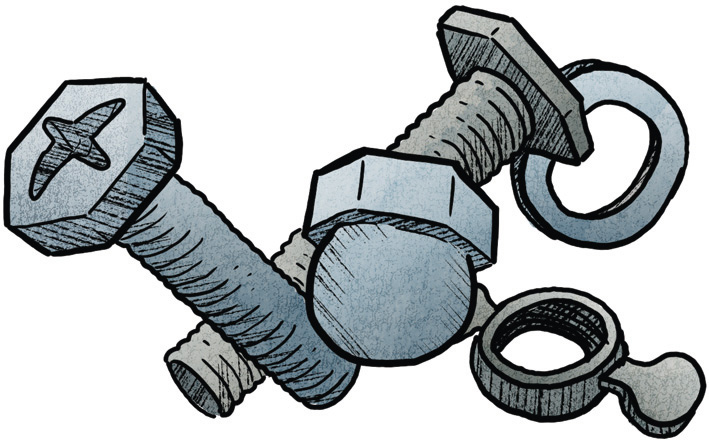39 Commas

Commas often play a crucial role in meaning. See how important the comma is in the following directions for making hot cereal:
Add Cream of Wheat slowly, stirring constantly.
That sentence tells the cook to add the cereal slowly. If the comma came before the word slowly, however, the cook might add all of the cereal at once and stir slowly. Using commas correctly can help you communicate more effectively.
Editing for Commas
AT A GLANCE
Research for this book shows that five of the most common errors in college writing involve commas. Check your writing for these errors:
- Check every sentence that doesn’t begin with the subject to see whether it opens with an introductory element (a word, phrase, or clause that describes the subject or tells when, where, how, or why the main action of the sentence occurs). Use a comma to separate the introductory material from the main part of the sentence. (39a)
- Look at every sentence that contains one of the conjunctions and, but, or, nor, for, so, or yet. If the groups of words both before and after the conjunction function as complete sentences, you have a compound sentence. Make sure to use a comma before the conjunction. (39b)
- Look at each adjective clause beginning with which, who, whom, whose, when, or where, and at each phrase and appositive. (31m) Is the element essential to the meaning of the sentence? If the sentence would be unclear without it, do not set off the element with commas. (39c)
- Make sure that adjective clauses beginning with that are not set off with commas. (39c and j) Do not use commas between subjects and verbs, verbs and objects or complements, or prepositions and objects; to separate parts of compound constructions other than compound sentences; to set off restrictive clauses; or before the first or after the last item in a series. (39j)
- Do not use a comma alone to separate sentences (see Chapter 37).